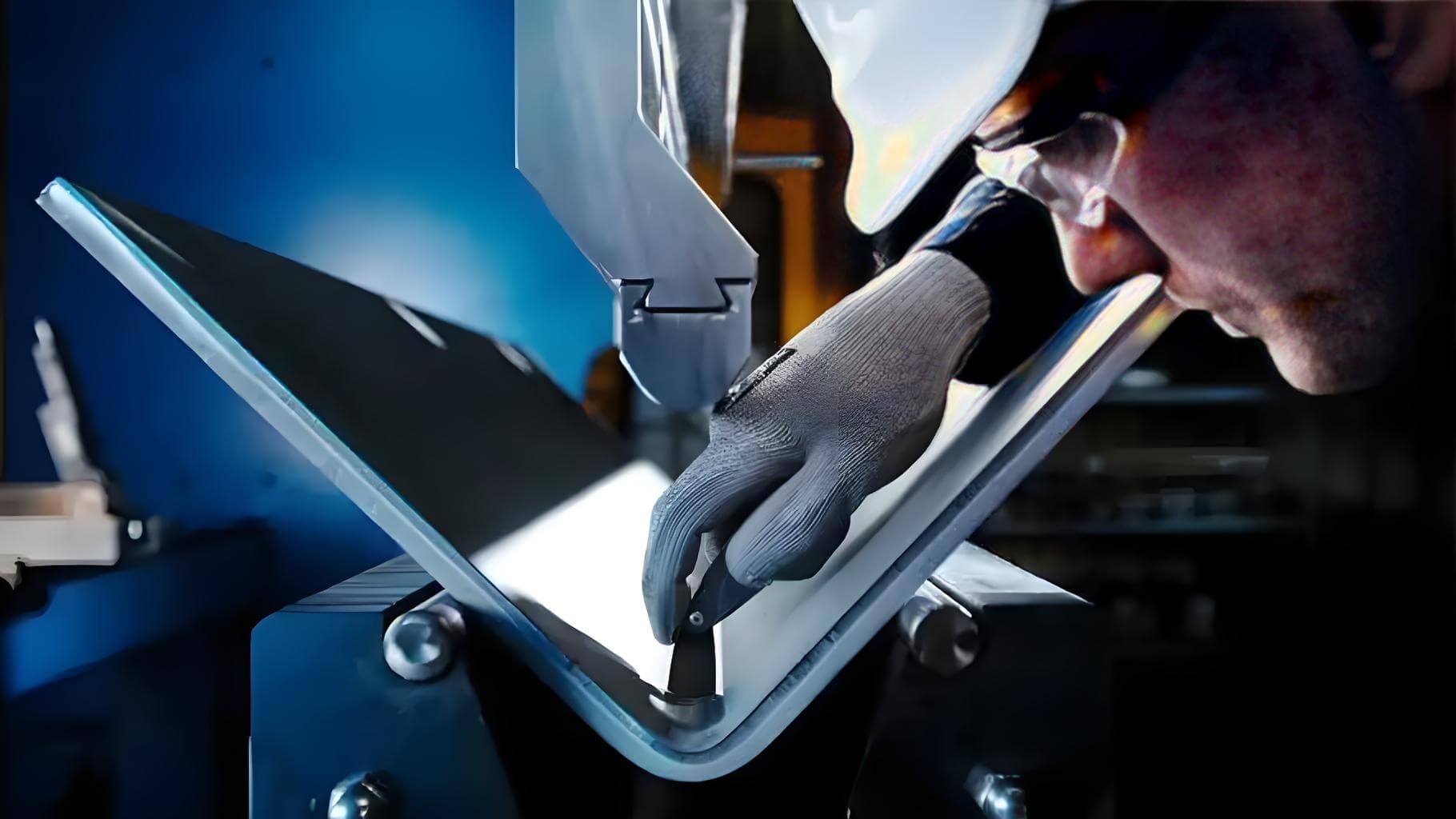[Material Info] Inspection of Explosive Clad Plates
2025.05.13
Similar to conventional metal materials, the inspection of explosive clad plates is divided into two main categories: destructive and non-destructive testing. Each category includes various inspection methods and procedures. Since the inspection of this material is required throughout the entire process—from raw materials to processing and final application—and given the diverse range of materials, specifications, and performance characteristics, the selection of specific tests depends on relevant standards and actual usage conditions.
Destructive Testing
Destructive testing evaluates various properties of explosive clad plates by breaking the original clad material to extract samples. These samples are then machined into test specimens for evaluation using appropriate testing equipment. The final results provide qualitative, semi-quantitative, or quantitative performance data.
1.Shear Test
A shear specimen is placed in a shear testing fixture and subjected to a compressive force using a testing machine. The shear stress at the bonding interface is measured to determine the bond strength of the explosive clad plate.
2.Tensile-Shear Test
A tensile-shear specimen is fixed in a testing machine, where tensile force is applied to cause simultaneous tensile and shear failure at the bonding interface. The fracture stress is used to determine the bond strength of the explosive clad plate.
3.Tensile Test
In this test, a tensile specimen is secured in a testing machine and subjected to axial tensile force until failure. The fracture stress and elongation are measured to determine the material’s strength and plasticity.
4.Impact Test
An impact specimen is mounted in an impact testing machine and subjected to an impact load. Fracture occurs at a notch or the bonding interface. The energy absorbed per unit area at the fracture site is used to evaluate the impact resistance of the explosive clad plate.
5.Bend Test
A bending specimen is placed in a testing machine for bending evaluation. The material is bent to a predetermined angle or until fracture occurs, allowing assessment of both bonding quality and workability.
6.Chemical Corrosion Test
This test exposes the specimen to a corrosive medium under controlled temperature and pressure conditions for a specified period. Corrosion resistance is evaluated based on weight gain, weight loss, or service life under the given conditions. This test mainly targets the corrosion resistance of the clad metal layer and the bonding zone, including any exposed weld areas.
7.Peeling Test
This test involves forcibly separating the clad layer from the base layer using a sharp-edged tool. The interface morphology is then observed to estimate the bonding strength. This method is suitable for small to medium-sized explosive clad plates. For large-scale testing, it is generally avoided unless necessary, as it consumes a significant amount of material. This is especially important for expensive and rare metals, where careful consideration is required before conducting a peeling test.
Non-Destructive Testing
Non-destructive testing (NDT) evaluates the properties of explosive clad plates without damaging them. The following NDT methods are commonly used:
1.Surface Quality Inspection
This inspection assesses the surface condition of the clad layer, checking for defects such as dents, burns, cracks, warping, dimensional tolerance deviations, and other appearance issues.
2.Ultrasonic Testing
Ultrasonic testing uses an ultrasonic flaw detector to evaluate the bonding quality of the clad interface without causing damage. This method provides either qualitative or quantitative data on bond integrity.
3.Thickness Measurement
A thickness gauge is used to measure the thickness of different sections of the explosive clad plate. Abrupt thickness variations can indicate potential delamination or defects.
4.Penetrant Testing
In penetrant testing, a liquid dye (usually fluorescent or visible dye) is applied to the material's surface. After a dwell time, the excess penetrant is removed, and a developer is applied. The dye seeps into surface cracks and defects, revealing them under appropriate lighting conditions. This method is particularly useful for detecting surface-breaking discontinuities in the explosive clad plates.
5.Sealing Test
Similar to leak testing, this method checks for leaks of gases, liquids, or oils in equipment made from explosive clad plates.
If you have any related needs, please contact:
Email: xgb@fugo-tech.com
Tel: 152-6182-0011
www.fugo-clad.com
